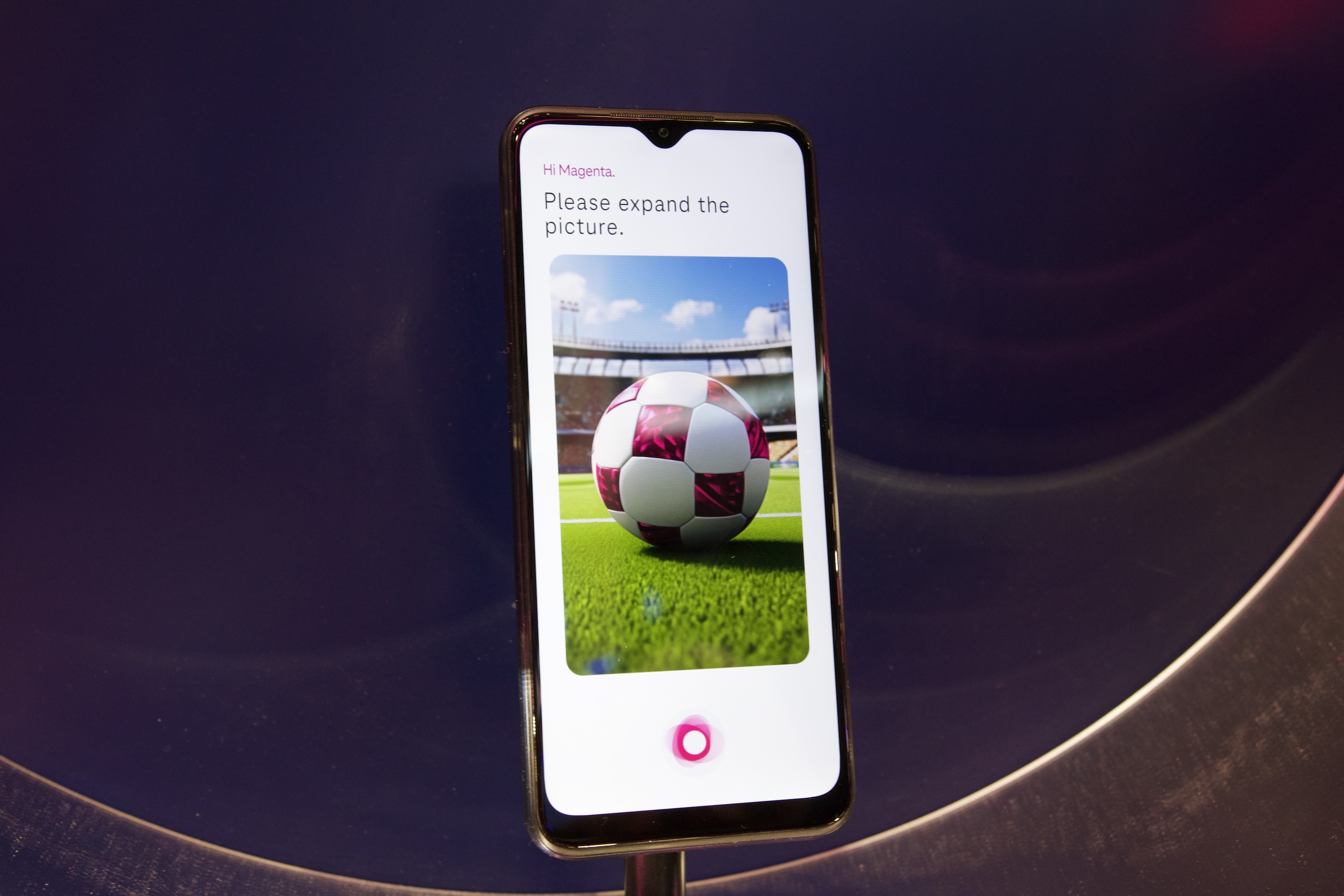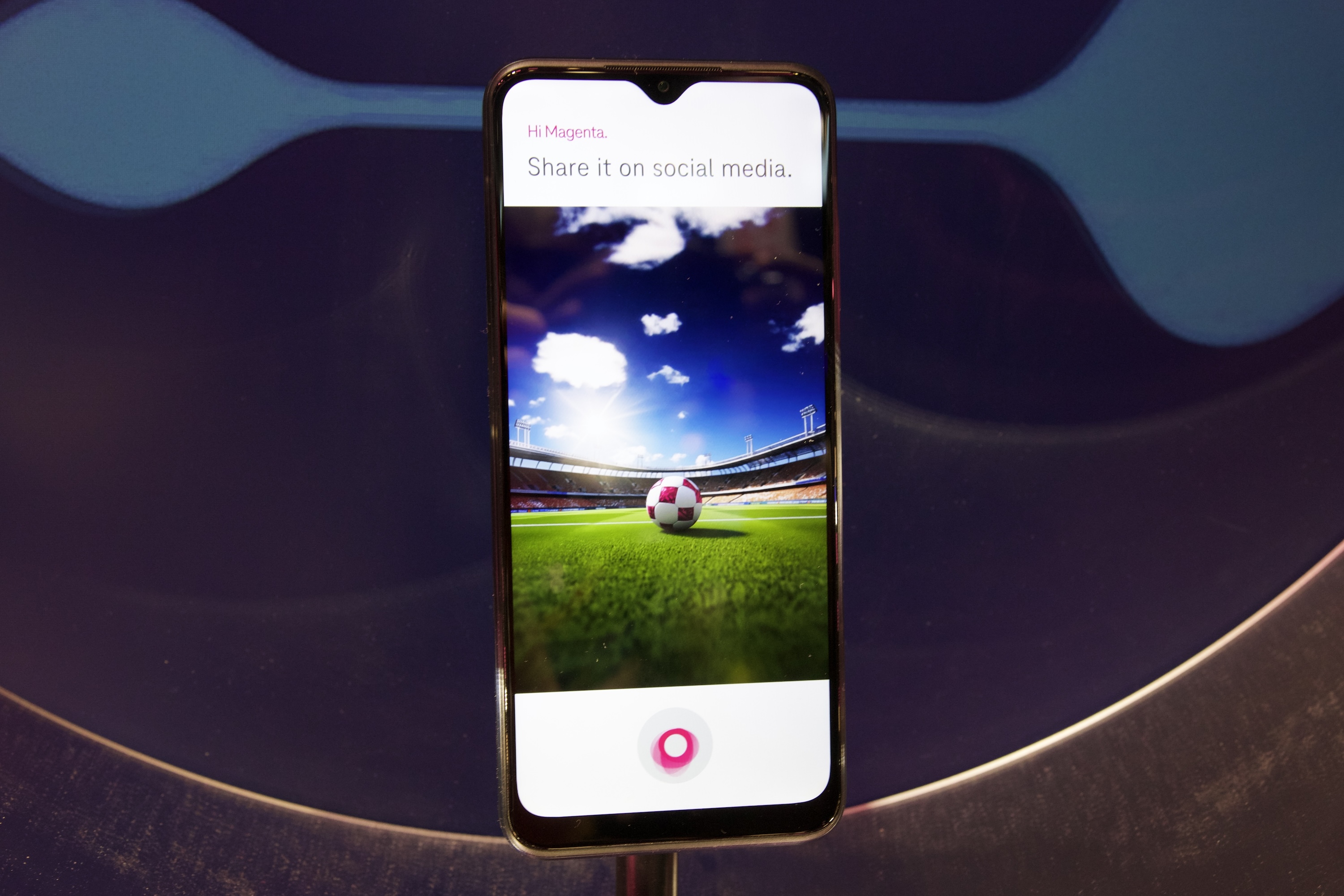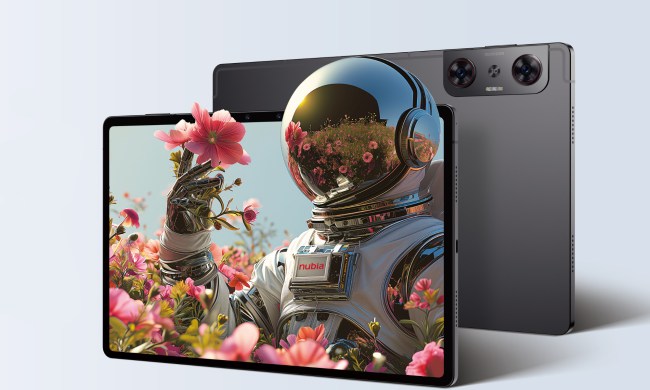

I’ve seen a future where you may never need apps or to unlock your phone at all, yet still get everything you want done, plus more, and even faster than you can now. At MWC 2024, Deutsche Telekom and Brain Technologies showed off the concept of an appless phone, where actions we normally perform using them are instead handled by an AI concierge that lives on the device’s lock screen.
The week before the show, I spoke to Brain’s founder and CEO Jerry Yue and had an in-depth demonstration of what Brain.ai can really do, and what I saw had me eagerly ready and waiting to start deleting apps from my phone.
Applets on the fly
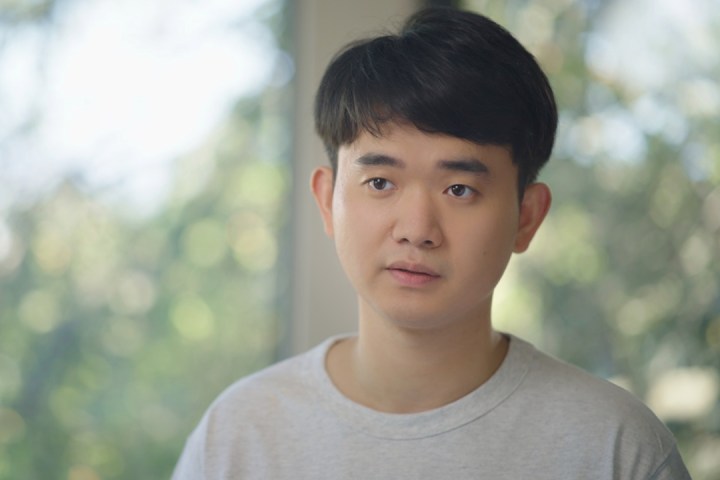
“Usually what we do when we unlock a phone is go to apps, think about which app to use, and then use them,” said Yue as he explained the concept of Brain.ai. “But [Brain.ai puts] an accessible AI button right on the lock screen, or I can access it directly through the power button. When I speak into it, it generates interfaces for me or creates these applets on the fly, so I don’t have to go to apps.”
Anyone who has used ChatGPT or a similar AI assistant will be familiar with the workflow Yue describes, where you pose questions, and the interface builds and flows around the conversation as it evolves. But rather than solely being a conversation about the concept, Yue had a phone with the Brain.ai interface on it and was about to demonstrate what he meant.
This is where Deutsche Telekom comes in, as it is fully embracing generative AI on smartphones. Together with Qualcomm, it has integrated Brain.ai into one of its existing T Phone devices, which uses the Qualcomm Snapdragon 8 Gen 3 processor. This is another reason the tech demo I was about to see was so exciting; it’s based on technology available today, not a one-off, nailed-together prototype made only for the show. It’s future tech on today’s hardware.
Seeing it in action

“For example, if I want to… ‘Book a flight from San Francisco to New York City… next weekend… for two people. First class.’” Yue was speaking to the smartphone normally, and it was listening in the same way you’d expect Siri or Google Assistant to do, but as he spoke it was altering the information shown on screen in real time based on the evolving situation.
“As you can see, it’s rendering the interfaces based on its understanding in real-time,” Yue explained, “and then it constructs this native interface that creates an end-to-end experience for our users. So we don’t have to jump into an app or the main screen. We never take you to a third party app or third party website, even to complete the transaction.”
The Brain.ai interface is very simple and looks a lot like Siri. At this point, it appeared much like a virtual assistant, just faster and more interactive. But it was what came next when everything changed, and the concept of an app became less appealing. Yue showed how easy it was to change the request, and how fast Brain.ai reacted, through intelligently generated buttons based on key information at the top of the screen, right to the end of the process, all without unlocking the phone at all.
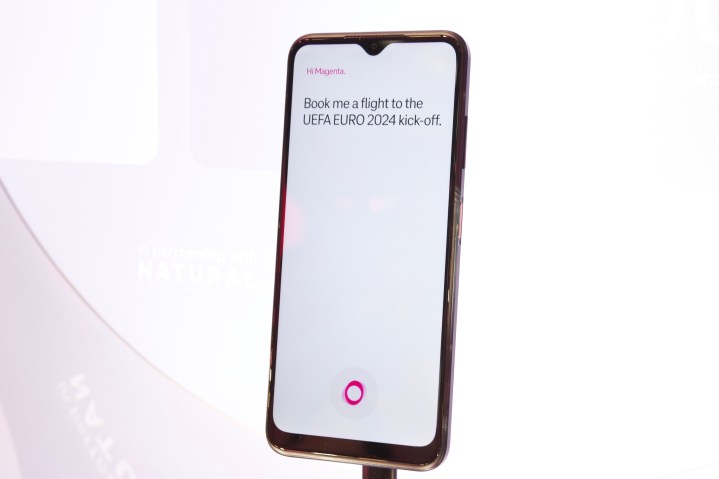
“It turns your words into buttons in real-time, so if you want to change anything, you simply tap one,” Yue said as he demonstrated. “If I want to change to date, I simply tap [the date button] and it knows the calendar is the easiest way for me to to change this.” A calendar view popped up on the phone’s lock screen, waiting for the new date. He did the same for the destination and other aspects of the original request, and it all happened instantly, through nothing more complex than a few button taps and verbal commands.
“It has auto-complete, it knows which API to run, and what kind of request and interface is needed. This is just one simple example of what you can do before you even reach your home screen. You can just get something done end-to-end without being taken to a third-party app or website.”
Shopping is even easier

It was fast, slick, and, best of all, simple. While Yue demonstrated with his voice, the entire process can be performed using the keyboard if you don’t want to speak to your phone in public. It’s also a cloud-based system at the moment, but no personal information like credit card details is stored there. This was important, as Yue showed me how shopping worked next.
“I just throw an idea [of something I want] at the AI and have it figure out what ideas to construct,” he said, and fired up the AI on the phone again, and asking it, “recommend a gift for my grandma who can’t get out of bed.”
The screen was populated with images of blankets, a table organizer, and an Amazon Kindle, all with explanations of why it would be a good gift. He tapped on the Kindle suggestion and asked, “Show me an unboxing video for this product,” and several options from YouTube appeared under it, flowing like a natural conversation or search on the lock screen of the phone. He asked more questions, like how much battery life it has, and each question sprouted off in its own thread from the original query.
Yue even demonstrated how the AI would generate an image based on a request — “generate an image of a pair of magenta sneakers” — and how it could search for real-life examples that looked similar to its AI-generated pair, which could be purchased directly.
“I no longer go to apps; apps come to me,” Yue smiled, “It gets constructed based on where my thoughts flow, and it puts together these interfaces on the fly. This is just a sneak peek of the power of this. The walls between applications are broken down so you can go anywhere from anywhere, and from the beginning to now, I haven’t even unlocked my screen.”
A tool that uses other tools

Tech demos don’t always go to plan, but Brain.ai on Deutsche Telekom’s phone worked faultlessly, live and in real time, and because it was so different from how we currently get things done on our smartphones, envisioning a future with it was exciting and different. After showing me what it could do, Yue explained more about the concept.
“What we’ve done as a company is invent the first AI to learn to use other software and other AI for general purposes. You can think of it as a tool that learned to use other tools. If you have a tool that learns to use all the tools, it could be the last tool that you will ever need.”
Yue explained how different Brain.ai’s functionality and ability are from the virtual assistants we use today to emphasize just how transformative it could be:
“Compared to preprogrammed AIs like Google Assistant, which may have hundreds of core functions built by a big software team. Our AI has learned more than 4 million functions, and that covers almost anything a human can do on any computing device.”
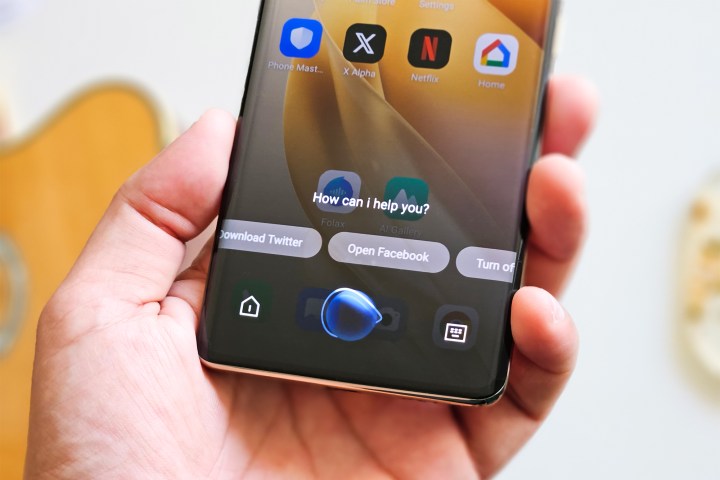
I asked Avi Greengart, lead analyst at research firm Techsponential, who attended the launch at MWC 2024 for his opinion on Brain.ai, and what it needs to do for us to abandon our apps.
“Anything that makes your phone more conversational and useful is a good thing,” he told me via email. “I’m still somewhat skeptical that the use cases that are so often demo’d, like booking travel, are common enough to be meaningful, but if Brain.ai can expose more capabilities like helping with gift or dining suggestions, that should help adoption.”
He was less convinced by its ability to replace apps though, saying: “However, this is a supplement to apps, not a replacement. There are entire categories like banking that consumers might want to remain app-based for security and privacy. There are also device apps, niche apps, and edge cases where a general AI is unlikely to be able to access any time soon.”
Deeper down the AI-generated rabbit hole
Changing established use patterns will never be simple, but Yue was clearly passionate about the app and its technology. He found success early on when he created the first online grocery shopping app in China, Benlai, before moving to the U.S. and starting Brain in 2015. In 2021, the startup raised $50 million to launch the iOS app Natural AI — which still exists today, has more than a million users in the U.S. alone, and is a good, if comparatively basic, representation of the technology showed to me in the demo — the same year Yue made it to Forbes’ 30 Under 30 list.
I wanted to see more of what Brain Technologies could do, and Yue was only too pleased to go into more detail. He showed me a demonstration of its Imagica.ai developer platform, where AI apps are built without code and can be executed in real time. With it he checked and traded stocks, and even created a storyboard based around a job requirement, where the AI used his phone to call candidates and conduct pre-interviews in front of me. Excitingly, Imagica.ai is seen as a kind of future app store, where you can make AI applets for all kinds of different tasks, and then share them for wider use. It makes Brain.ai’s potential on the phone even more intriguing.
It was incredibly impressive, because creating the applets looked so simple even I could have done it, and that’s the same way I felt about watching Brain.ai in use on the Deutsche Telekom smartphone during his demo. Feeling this way is incredibly important, as so often, demonstrations of systems made to change our current way of interacting with technology require a lot of learning, or major changes to our muscle memory, whether that’s physical or mental. Brain.ai didn’t. It looked normal and natural, and that helped me visualize using it every day.
When can we start deleting apps?

If I could have put Brain.ai on my phone’s lock screen there and then, I probably would have done so, but unfortunately, it’s still a concept at its heart, despite the demonstrations I saw being natural and not premade. It is getting closer to reality, though, and the partnership with Deutsche Telekom plays a big part in that. I asked about a timeline for a public release.
“Our goal is the end of this year, and we’re still working with Deutsche Telekom to make it a reality,” Yue said before clarifying, “but you know, there’s no set date for release yet.”
He also spoke about possible partnerships with device makers and for Brain.ai to be used on devices that aren’t smartphones, which made me think of new-wave mobile AI products like the Humane AI Pin and Rabbit R1. At the moment though, Deutsche Telekom is the ideal partner as Brain.ai’s service is cloud based, so operating it on a strong network is imperative. Yue described it as a, “very strong partnership,” and said the company is, “a deep believer in our vision.”
“We both believe that the future vision for phones is app-free,” Yue concluded, and while Brain.ai clearly wants to free you of multiple apps, accounts, and massive workflows to get things done on your phone, the best way to think about it is as an app, just a unique, personalized, ever-evolving single app for everything, right there on your lock screen.
